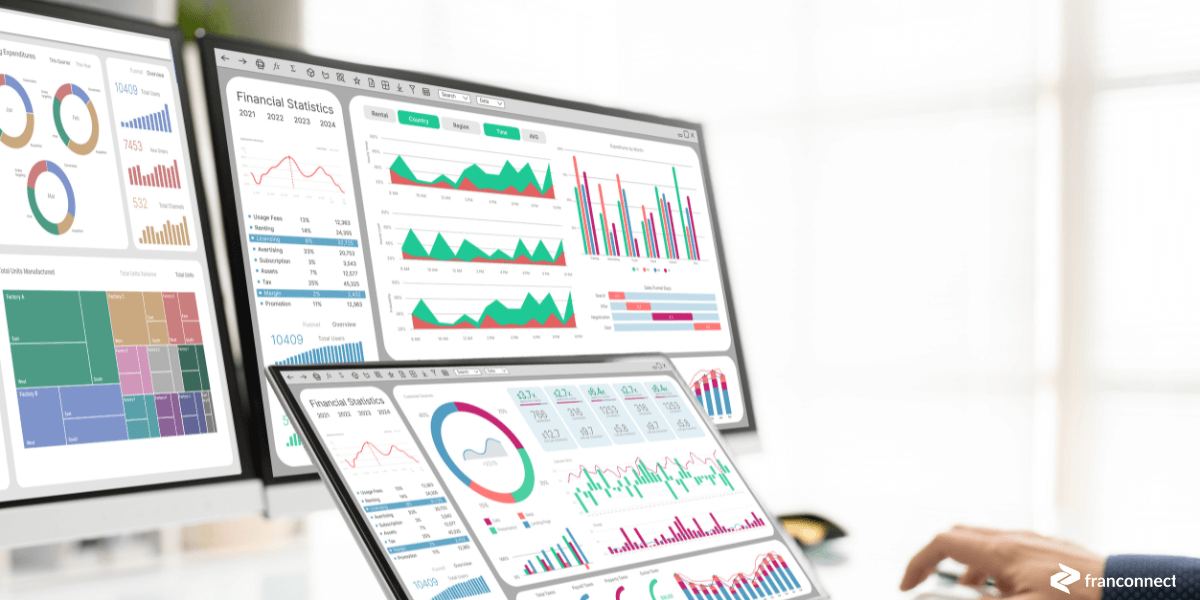Key Takeaways
- Speed matters in franchise lead management, but it must be paired with consistency and personalisation.
- Inconsistent or canned communication erodes trust and slows down deals.
- Repetition of clear, branded messages builds confidence — but tailoring them to the candidate’s journey keeps them engaged.
- Candidate Coach delivers speed, consistency, and personalised responses within brand guardrails.
- This approach improves lead quality, accelerates conversions, and reduces acquisition costs.
Introduction
Franchise lead management has always been a race for attention. Responding quickly matters — but speed alone won’t win the deal. Today’s candidates expect communication that is not just fast, but also consistent and personalised.
Imagine a prospect who fills out an inquiry form and receives a text within seconds. That first impression is powerful. But if the next message they get feels generic, robotic, or doesn’t match the earlier tone, the trust built in those first moments can unravel quickly.
The real advantage comes when brands combine instant responses with clear, consistent, and personalised communication. That balance builds confidence, shows professionalism, and keeps candidates moving forward in the sales process.
The Role of Consistency and Personalisation
Consistency ensures every candidate hears the same brand story, sets the same expectations, and feels the same level of professionalism. Personalisation makes that story relevant to the individual candidate. Together, they elevate franchise lead management.
Why it matters for prospects
Prospective franchisees are making one of the biggest decisions of their lives. They don’t just want fast answers — they want reassurance that a brand is organised, reliable, and truly listening.
- Consistency reduces confusion. Every email, text, or resource reinforces the same facts and values.
- Personalisation makes prospects feel valued. Messages reference their questions, interests, or stage in the journey, without drifting off-brand.
When communication balances both, candidates are more confident in the brand and more likely to continue the conversation.
Why it matters inside the organisation
Consistent and personalised messaging also helps teams work smarter. Marketing can prepare resources once, knowing they’ll always be used correctly. Sales can step into conversations already aligned with the prospect’s needs. Leadership gains confidence that candidates are having meaningful, brand-aligned interactions from day one.
How Candidate Coach Delivers the Difference
Instant engagement that feels authentic
Candidate Coach responds to inquiries within seconds via SMS. But unlike traditional auto-responders, it doesn’t just send canned replies. It provides branded, natural-sounding answers that feel conversational and helpful.
Consistency across every touchpoint
Every message is aligned to the brand story, tone, and facts. Candidates never see conflicting timelines, resources, or claims. The experience feels unified no matter who they speak to next.
Personalisation at scale
Candidate Coach uses context from the candidate’s questions and stage in the journey to tailor responses. Instead of one-size-fits-all messaging, it shares relevant details and resources that match what the candidate cares about.
Seamless handoffs
By the time a candidate meets with development staff, Candidate Coach has already answered basic questions and shared the right resources. Sales teams step in with full visibility into the conversation history — so they can focus on building the relationship, not rehashing FAQs.
Why Speed + Consistency + Personalisation Win
- Speed captures attention.
- Consistency builds trust.
- Personalisation deepens engagement.
Brands that deliver all three stand out in a crowded market. They move candidates through the funnel with confidence, shorten sales cycles, and ultimately close more deals.
Candidate Coach was built to make this balance possible — automating what slows teams down while ensuring every candidate feels heard, supported, and aligned with the brand.
Conclusion
Franchise lead management is no longer just about being first to respond. Success comes from responding fast, consistently, and in a way that feels personal.
Candidate Coach was designed to deliver that edge — combining instant SMS engagement with branded, personalised communication that scales. The result is stronger trust, higher conversions, and a development process that feels professional from the first touch to the final meeting.
Ready to see how Candidate Coach can transform your lead management? Request a demo today.










 Ian Walsh
Ian Walsh












